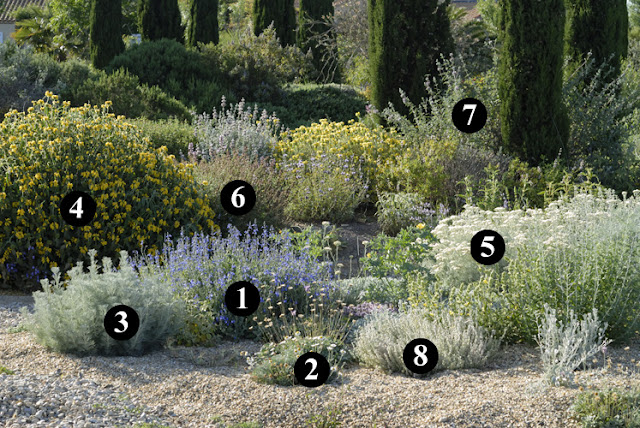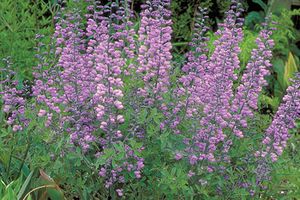Flower Power - A Story about NYC and flowers by George Reis
George wrote a touching essay on the power of flowers that I would like to share with you. Here the vibrant and beneficial energy of flowers soothes even the toughest of NY city psyches.....
“Our urban spaces provide little excitement or visual variation and virtually no opportunity to build a kinesthetic repertoire of spatial experiences…Man can be viewed as having visual, kinesthetic, tactile, and thermal aspects of his self which may be either inhibited or encouraged to develop by his environment."
Edward T. Hall, 'The Hidden Dimension'
These people run the risk of losing touch with what Hall calls the “visual, kinesthetic, tactile and thermal aspects” of their selves if they inhabit cities that don’t address the need for rich outdoor experiences. Hence the need, especially in a city of information workers like New York, for what Hall calls “visual variation” in our outdoor urban spaces.
I know lots of people in Greenwich Village who think NYU’s “campus” is an illustration of Hall’s point about the lack of visual variation in our cities. Fairly or unfairly, they demonize the University for obliterating the human-scaled, bohemian character of the Village with large, bland, modernist buildings. As a University employee, I keep my distance from that debate — I’m just the gardener after all and I believe universities do a lot of good.
But I would lose all my street credibility with the neighborhood if I didn’t admit that the exterior of NYU’s Coles Sports Center, a 21-foot high tan brick, acre-sized, featureless box of a building at 181 Mercer Street, is, in Hall’s words, a place of “little visual variation.”
In the summer of 2006, a lucky sequence of events allowed me to tear out the 1,000 square foot strip of lawn and the thin line of New Guinea impatiens on the north side of the building’s entrance and replace it with a border of about 30 varieties of annuals that were on sale for reduced summer prices. I planted five large clumps of Brillantaisia subulugarica surrounded by plants like Angelonia, Cuphea, annual Rudbeckias, Euphorbias, Helichrysum, and Caladium for the shaded spots. The result, mostly unforeseen by me, was an undulating annual border of brightly contrasting colors. It was an exuberant planting for a tired building face.
[click here for a video of a similar garden there ...]
I was unprepared for the reaction I got from passersbys. Gushing with gratitude is one way of describing it. I never attributed this to any special talent on my part, but rather to the lack of varied plantings visible from any sidewalk within 20 blocks.
But one particular reaction stunned me. An attorney told someone in the building that that summer’s litigation had been particularly stressful for him as he was defending the most hideous client of his career. What got him through it, he said, was taking a couple minutes each day to look at my hurriedly planted annual border. That’s when I began to understand the power of public horticulture.
In light of Hall’s insights about how we experience space, I understand now that this attorney got solace from this little garden because it was varied in texture, height, and color, and also because it was legible—it cohered in a way that held his attention and relieved him temporarily from the daily stress of his work.
Amen to that.
Coherence and the potent energy that flowers exude. We are hardwired to respond to these gems of Nature.
Thanks George! - Jan







Comments
Post a Comment
Hi there! I would love to hear from you....